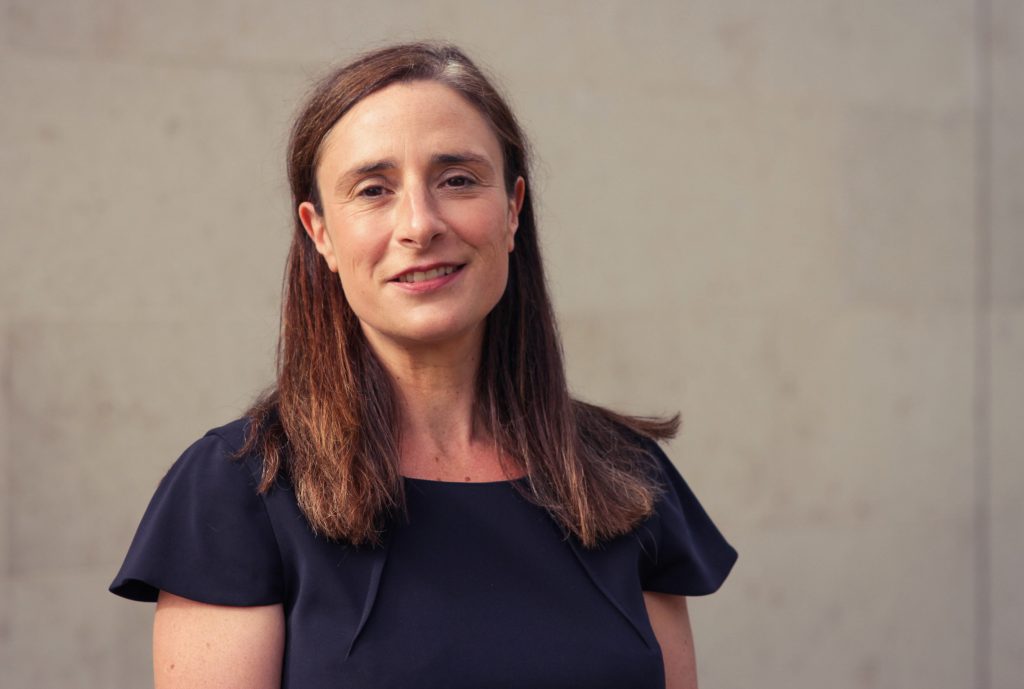
- 43% of people have enough life insurance.
- Those with a mortgage need more, and are more likely to fall short: 36% have enough.
- Families also need more cover, and have huge shortfalls. Only 30% of couples with children and 10% of single parents have enough life insurance.
- Families on lower incomes struggle – just 3% of parents in the bottom fifth of earnings have enough cover, as do just 16% of parents in the middle income bracket.
- Those who don’t have enough emergency savings (to cover 3 months’ worth of essential spending) or any investments are also likely to be low on cover – only 18% have enough.
- However, even among those with more than enough savings – to cover over 6 months’ worth of essential spending – more than half don’t have enough cover (51%).
Figures from the HL Savings & Resilience Barometer, January 2025
Sarah Coles, head of personal finance, Hargreaves Lansdown:
“The weight of the world lies on the shoulders of the ‘squeezed middle’. When they’re in their 30s and 40s, lots of people carry a huge weight of responsibility. They’re more likely to have a young family relying on them. They’re also more likely to own a home with a big mortgage, that would need to be paid if something was to happen to them. It means they need the biggest and most robust safety nets, so it’s worrying that so many fall into the protection gap.
The HL Savings & Resilience Barometer builds a picture of short-term resilience. It looks at emergency savings, but also at the insurance cover people have in place. It considers their total assets and life insurance, and then subtracts their debts and the cost of looking after their children to the age of 18 – to assess whether they have enough life cover.
Only a third of people in their 30s have enough life cover, and while that rises to 43% of those in their early 40s, and 47% of those in their late 40s, it still leaves sizeable gaps. The shortfalls are even more worrying among couples with children – only 30% of whom have enough life cover.
Often people will appreciate that life insurance needs to pay off their mortgage after their death, but they may not think about any children, and covering the cost of bringing them up. The big shortfall among those who have a mortgage – with only around a third having enough – may owe less to people forgetting to get insurance to pay off their mortgage if they pass away than to the fact that this may be all that they’ve covered, so they haven’t considered support for their children.
On the plus side, people fare better when it comes to emergency savings. This tends to rise with age, but even by their mid-30s, 67% have enough savings – rising to 70% by their late 40s. Because there are so many people relying on the breadwinners at this stage in life, it means they need to put more away to cover emergencies, so it’s heartening people are rising to the challenge. Not everyone fares so well, however, with only 32% of single parents holding enough emergency savings and 38% of middle earners with children.
The fact people hold so much in savings offers a solution. Last year’s Barometer revealed that the average life insurance gap for households with dependents is £89,800, and for homeowners with children it’s £194,200. The average cost of closing the life insurance gap is £134 a year and for homeowners with at least one child, it costs an average of £321. Given the other assets these groups have, it might be perfectly feasible to cover their needs.
In fact, some of them have excess savings they can simply use to buy cover. Among those who have more than enough savings – to cover over 6 months’ worth of essential spending – more than half don’t have enough cover (51%), so the solution is at their fingertips.
It’s a useful reminder that we need to look at our resilience in the round, and not neglect any corner of our finances. We need to consider exactly what help our family would need if something was to happen to us, and ensure we have the savings and insurance in place to cover it. If it’s too onerous a financial burden to pay for it all, we need to prioritise, but it’s absolutely essential not to overlook life insurance in the overall picture. If the worst came to the worst, your family would be lost without you in so many ways, but insurance ensures that their finances would survive.”





